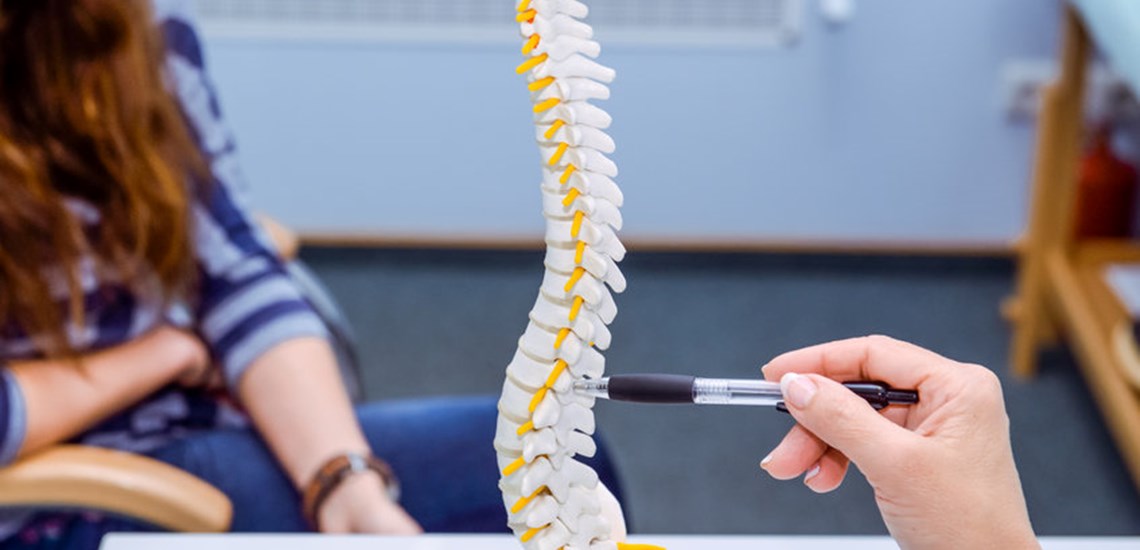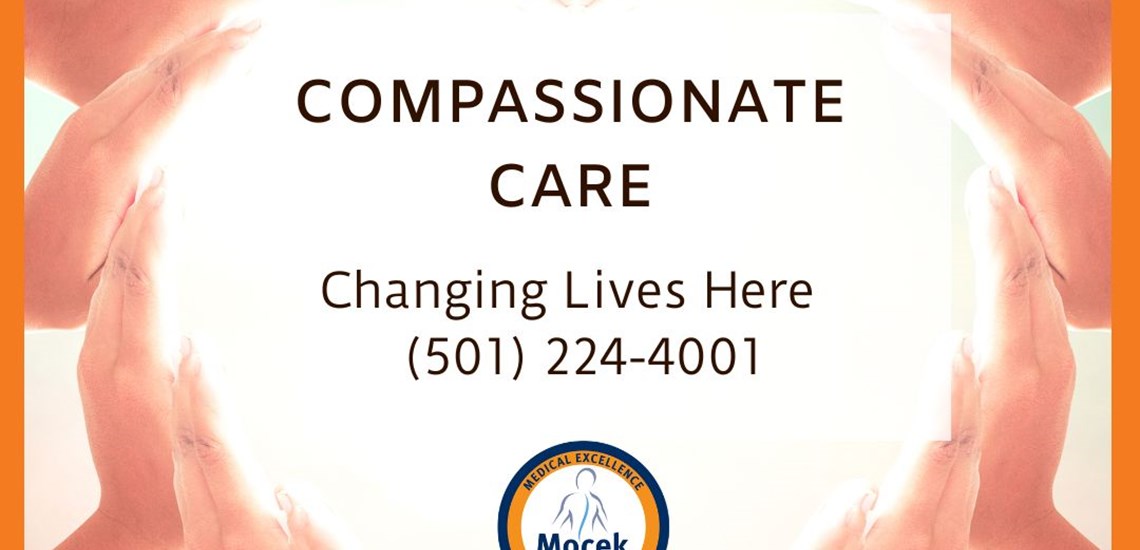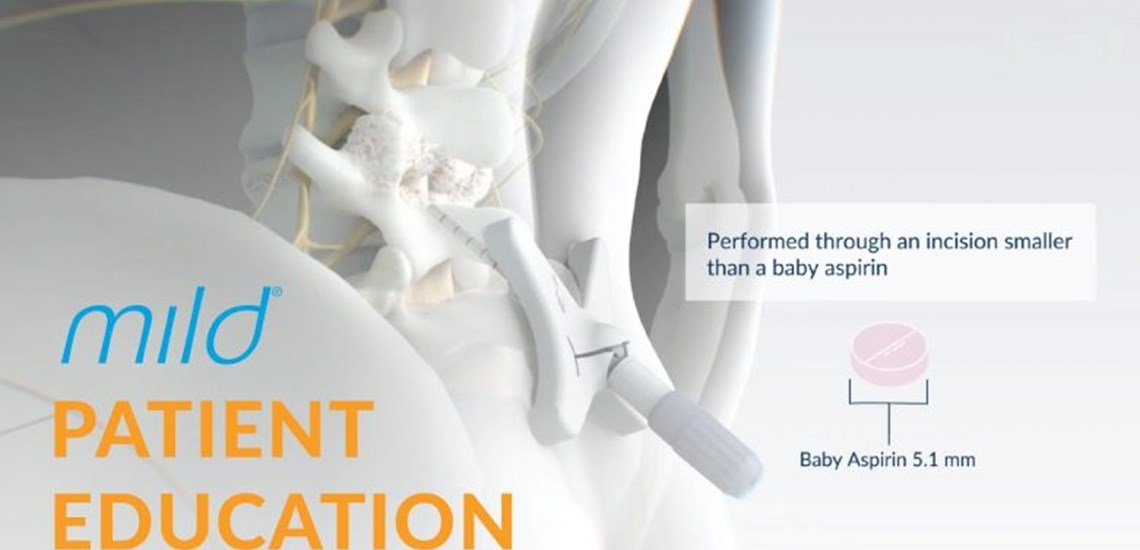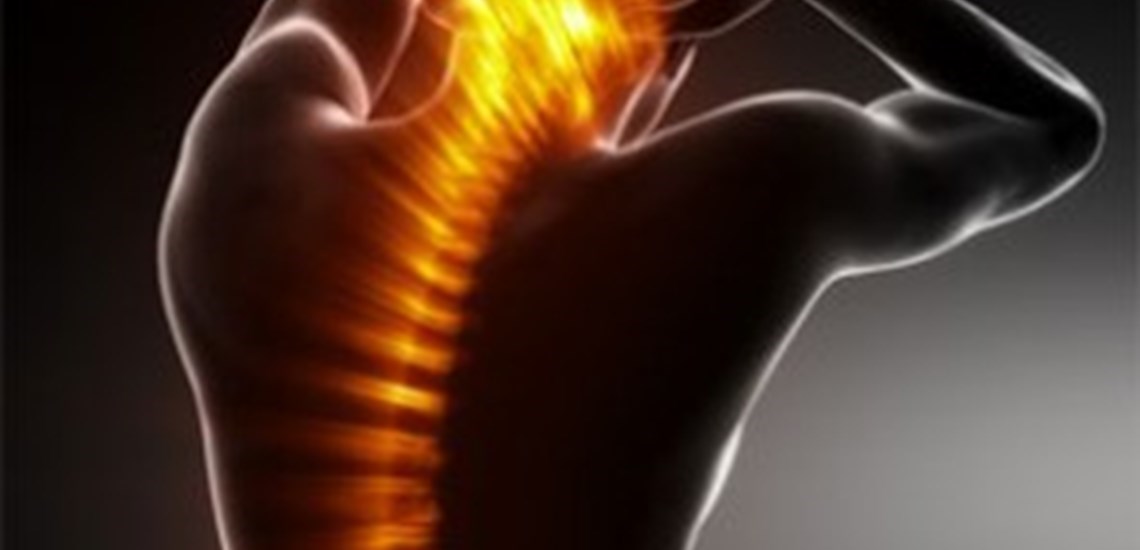No one wants to suffer from back and neck discomfort, yet it’s one of the most common pains Americans face. In most cases, you can prevent minor aches and pains by committing to your spine health.
Blog

Understanding Osteoporosis
According to the U.S. Department of Health and Human Services, nearly 10 million adults 50 and older develop osteoporosis. Osteoporosis is a condition that causes bones to weaken, leading to an increased risk of bone breaks and fractures. The good news is, osteoporosis is not an inevitable disease. By learning about the signs and symptoms of osteoporosis and steps you can take to prevent the condition, you can significantly reduce your chances of developing the disease.








